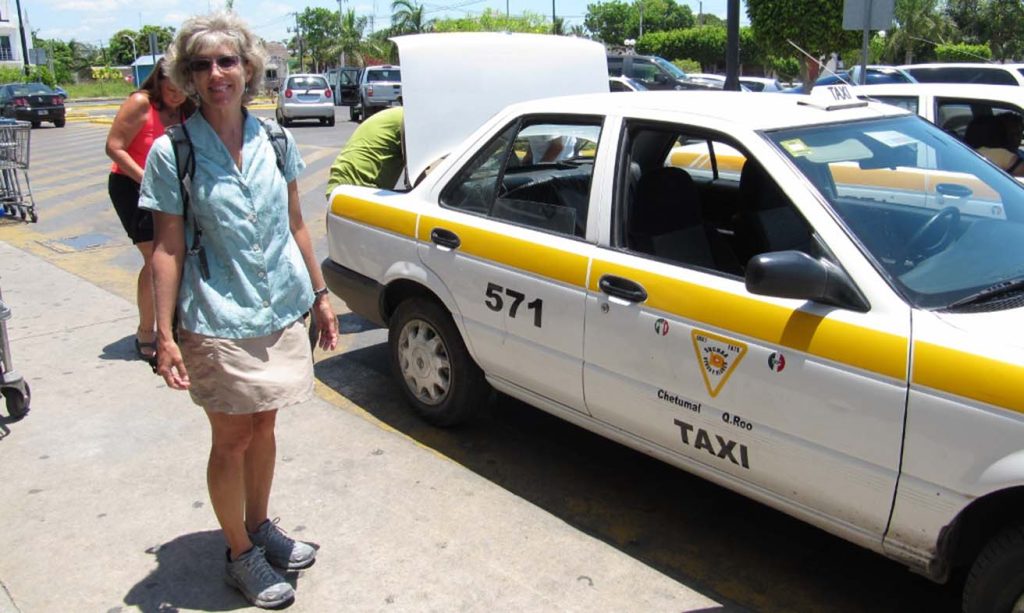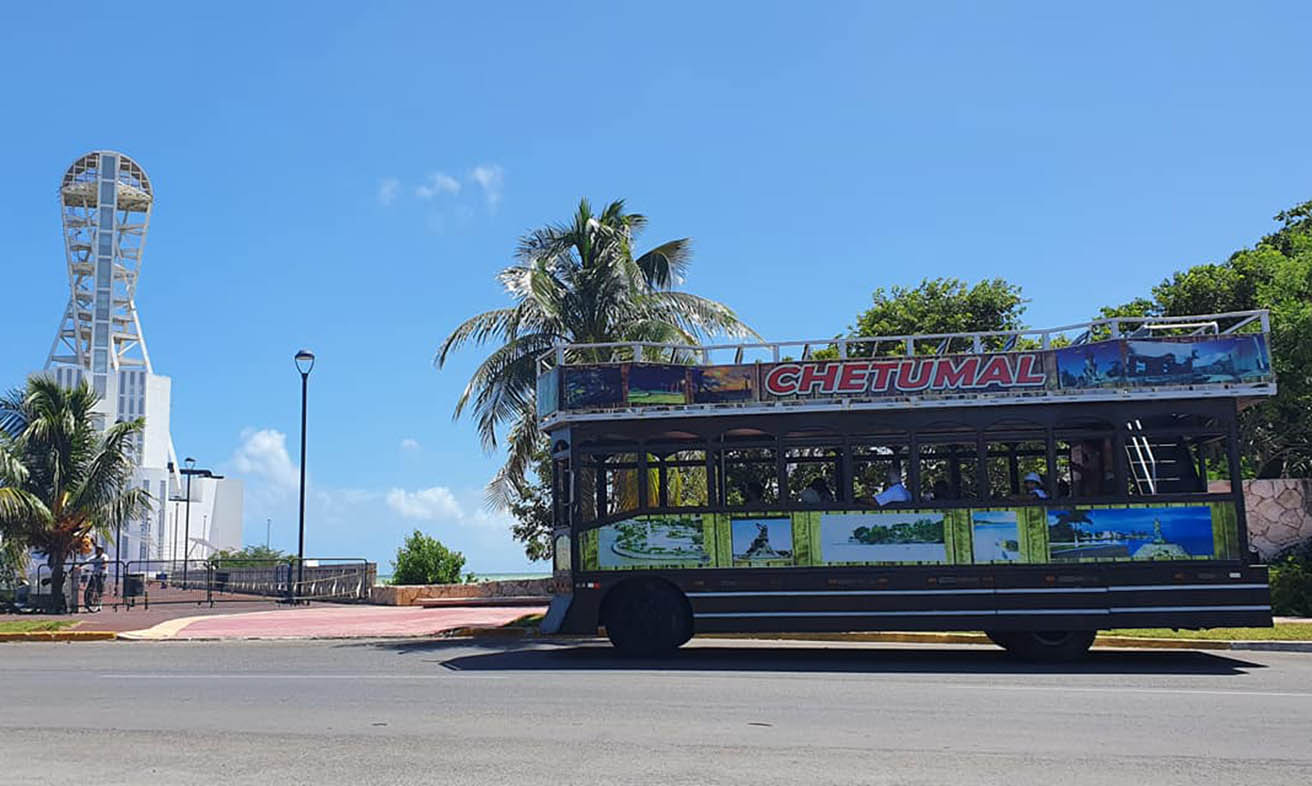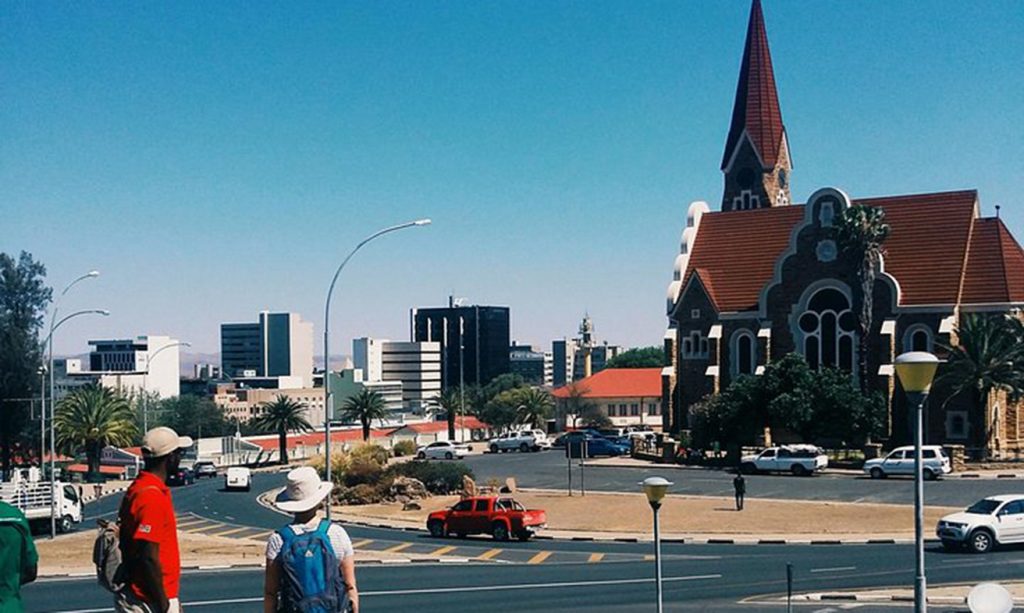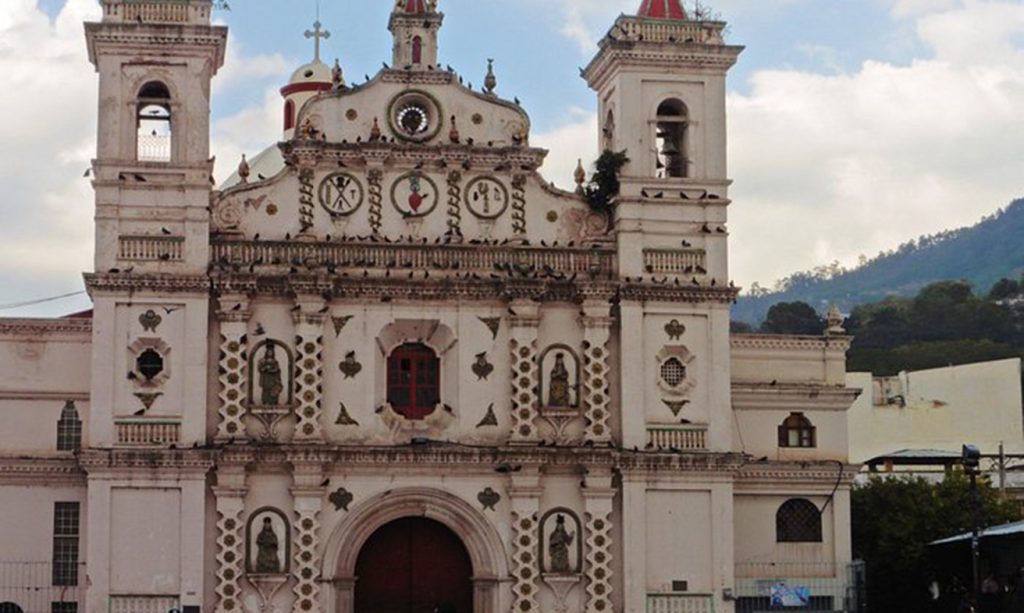1. Arrival in Chetumal: First Impressions and Transportation Overview
Stepping off the plane in Chetumal, you’re immediately greeted by a gentle tropical sea breeze and the laid-back vibe that defines Mexico’s southeastern coast. The street network here follows a clear, grid-style layout, with numbered avenues and roads running east–west and north–south. Two major thoroughfares dominate: Boulevard Bahía, which runs southeast toward the waterfront, and Boulevard Colosio, cutting northwest through the city’s center. Familiarizing yourself with these axes right away can save precious time when navigating unfamiliar streets.
In terms of transport options, Chetumal offers everything from large intercity coaches to colorful “urbano” minibuses, local colectivos (shared vans), traditional taxis, ride-hailing services, and even public bike-and-scooter-sharing systems. Although traffic is rarely congested, planning your route in advance—especially during weekday morning and evening peaks—will help you move smoothly between neighborhoods, historical sites, and the bayfront.
2. From the Airport to Downtown: Multiple Options
Chetumal International Airport is modest in size but maintains regular connections with major Mexican hubs (Mexico City, Mérida, Cancún) as well as regional flights into Central America. Outside the arrivals hall you’ll find a line of official taxis alongside counters for car-rental companies. If you’re traveling in a group of three or more, consider a shared taxi (“colectivo”)—a flat rate of about MXN 300–350 (~US$16–18) per vehicle makes it quite economical. For full independence, you can rent a compact sedan or an SUV on-site, provided you hold a valid international driver’s license; daily rates typically range from US$60 to US$80, inclusive of basic insurance.
If you’re traveling light, the airport shuttle bus (“Aeropuerto–Centro”) departs every 30–45 minutes, covering the roughly 15-mile (25 km) journey to downtown in about 30–40 minutes depending on traffic. A one-way ticket costs MXN 45 (around US$2.50). The shuttle stops at several key hotels and hostels along Avenida Héroes, making it a convenient choice if you’re staying in the eastern part of the city. Later in this guide you’ll find more detail on car-rental terms, insurance options, and tips for comparing costs when deciding between taxis, shuttles, and self-drive.
3. In-City Bus System Deep Dive
Chetumal’s backbone for local transit is its fleet of “urbano” minibuses, each brightly painted and numbered according to route. The most frequently used lines are:
- Route 1 (Red): Loops between Parque de la Alameda (central plaza) and the seafront on Boulevard Bahía. The full trip takes about 15 minutes.
- Route 2 (Green): Connects the downtown business district with residential neighborhoods to the west.
- Route 3 (Blue): Extends northward from Avenida Héroes up to the small riverside community of Calderitas, generally with the last departure around 8 p.m.
Fares are a flat MXN 10 per ride; you simply board, drop your coins into the fare box, and keep any change. While there’s no official real-time tracking app, each major stop features route maps and approximate schedules. If you’re uncertain about stops, Mexicans are famously friendly and often willing to point out exactly where you need to disembark—just mention the street name or neighborhood, and they’ll be happy to help.
4. Taxi and Ride-Hailing Experiences

Taxis in Chetumal come in two varieties: the white, government-regulated cars equipped with meters (tarifa mínima MXN 30, then MXN 8–10 per kilometer) and privately owned, often repainted vehicles that operate by negotiated fare. Always insist on using the meter—or agree on a price in advance—to avoid overcharging.
Ride-hailing platforms such as DiDi and Uber have steadily expanded here. They typically cost 10–20 percent less than metered taxis and offer the advantage of seeing the driver’s rating and the estimated fare before you commit. If you have limited cellular data, you can place your booking from any hotel or café with free Wi-Fi. Many drivers also accept prebooked airport pickups, ensuring you won’t be stranded during peak periods. Occasionally you may encounter larger, van-style private shuttles on these apps, which provide more space but a slightly bumpier ride than standard sedans.
5. Self-Drive and Car Rental Recommendations
For itineraries that include nearby destinations—such as Playa del Carmen, Tulum, or even across the border into Belize—renting a car offers unmatched flexibility. Downtown parking is generally straightforward, with free street spaces or metered spots (approx. MXN 10/hour). Shopping centers often provide covered parking: the first two hours are complimentary, then roughly MXN 15/hour thereafter.
Before driving off, photograph the vehicle inside and out to document any dents or scratches, and review your insurance policy carefully for collision-damage waivers and deductible limits. GPS-equipped cars cost a bit more, so if you go without, be sure to load offline maps onto your smartphone—Google Maps, Maps.me, or similar apps work well here. Note that federal highway checkpoints are common; carry your license, rental agreement, and proof of insurance, and cooperate politely if you’re stopped.
6. Cycling and Walking: Leisurely Exploration
Chetumal’s central zones and bayfront have well-maintained bike lanes, making public bicycles and electric scooters a fun way to cover short distances. Hourly rental rates hover around MXN 30, or you can rent for a full day at about MXN 150. All you need is a passport copy and a small refundable deposit.
Strolling through the historic district—characterized by red-tiled roofs, botanical gardens, and open-air markets—lets you linger over local snacks like tamales or fresh fruit juices. Remember to apply sunscreen liberally, wear a wide-brimmed hat and sunglasses, and carry a refillable water bottle when exploring on foot under the sun.
7. Long-Distance Buses and Cross-Border Connections

The main bus terminal, Central de Autobuses, sits in the northeast corner of the city center. Major operators such as ADO and Autobuses del Oriente run premium services to Cancún, Mérida, and various Guatemalan and Belizean destinations. A one-way ticket from Chetumal to Cancún in a first-class coach—with air conditioning, reclining seats, and personal entertainment screens—costs between MXN 350 and 450 and takes about four to five hours. Overnight departures can save you a night’s accommodation cost, though you’ll want earplugs and a neck pillow for comfort.
For travel into Belize City, bus companies depart mainly in the morning; the journey includes a customs and immigration stop, which typically takes one to two hours if all documents (passport and any required visa) are in order. During rest breaks, local vendors sell snacks like gorditas, fresh coconut water, and other regional specialties.
8. Shared Micro-Mobility and Local Flavors
Beyond conventional options, Chetumal has introduced electric scooters and compact EVs for rent. Docking stations cluster around tourist areas, hotels, and shopping streets. Rentals are charged per minute or per trip segment, with top speeds capped at roughly 25 km/h for safety. At night or during heavy rain, the system automatically enforces slower speeds and designates specific parking zones, helping keep sidewalks clear.
For the most authentic local experience, flag down a colectivo van anywhere along its route—you don’t need a prearranged booking. Fares are extremely budget-friendly (often under MXN 10), though you’ll be sharing space with other commuters and the ride may feel less private.
9. Time-Saving and Budget-Friendly Tips
Efficient travel in Chetumal hinges on smart planning and combining transport mode
- Morning excursions: Use buses or shared bikes to avoid traffic and find easier parking.
- Midday or rainy spells: Opt for taxis or ride-hailing to stay dry and minimize wait times.
- Evening by the water: A leisurely walk or bike ride along Boulevard Bahía is unbeatable.
When booking long-distance buses online in advance, look for early-bird discounts. For rentals, scrutinize insurance packages and mileage caps to sidestep hidden fees. Paying with a credit card or a Mexican e-wallet app (like Mercado Pago) enhances convenience while reducing the risks of carrying large amounts of cash.
10. Safety and Practical Precautions
Chetumal is generally safe, but standard precautions apply: avoid poorly lit alleys at night, confirm that taxi doors lock automatically, and don’t hesitate to cancel any ride that seems overpriced or circuitous. Helmets are mandatory for cyclist and scooter riders—observe all traffic signals and, at complex intersections, watch how local drivers move before making your own crossing. During the rainy season, watch out for waterlogged streets and slow down to maintain traction. Regardless of your chosen mode, store an offline map on your phone, keep emergency contacts handy, and let someone know your daily itinerary for extra peace of mind.




